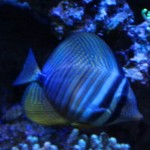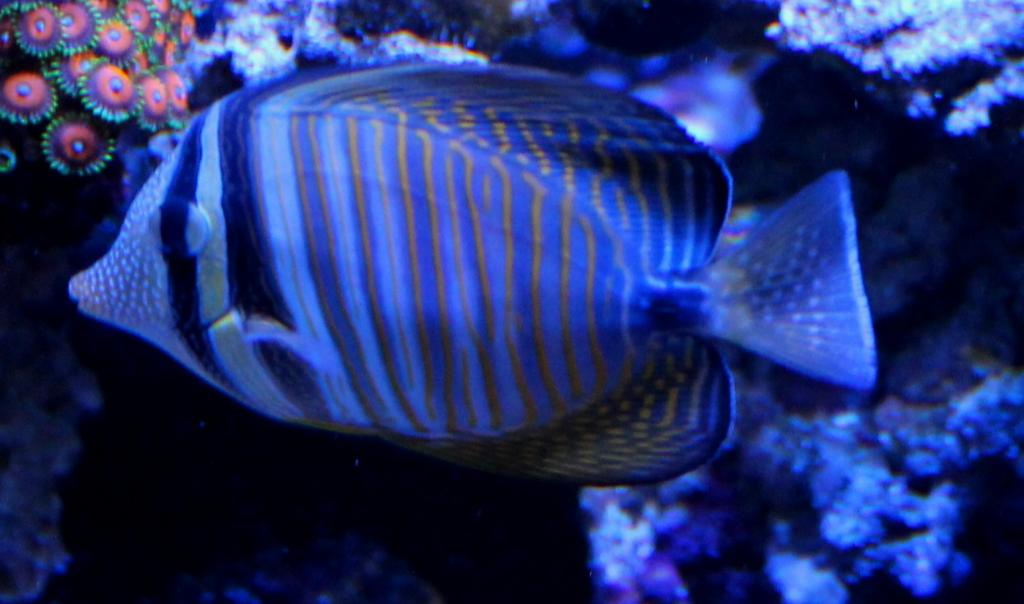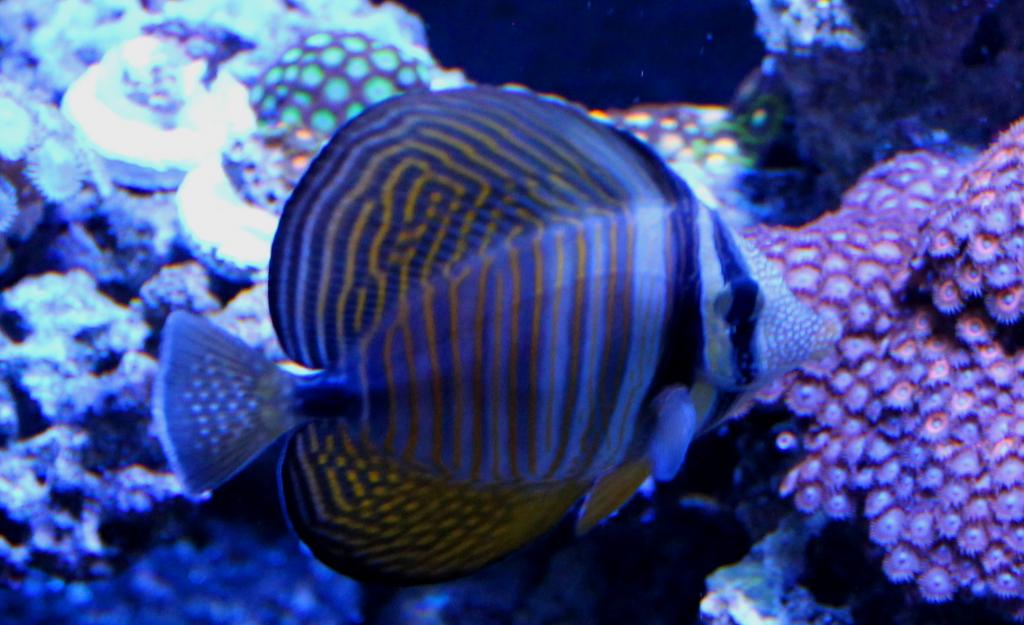Tag Archives: Indian Ocean Sailfin Tang

Sailfin Tang
Common Name: Sailfin Tang, Desjardini Sailfin Tang, Indian Ocean Sailfin Tang, Red Sea Sailfin Tang.
Scientific Name: Zebrasoma Desjardini
Reef Safe: With Caution
Temperament: Semi-Aggressive
Care Level: Moderate
Max Size: 14 to 15 inches (around 10 to 11 is more common)
Appearance:
This Sailfin tang will have a silver or grey colored body with vertical yellow stripes and varying sized dots (or freckles) on the body, face, and tail. They tail will have a blue like tint to it under the correct lighting conditions. The Sailfin tang gets its name from the dorsal and anal fins which, when extended, will make this fish appear to be twice as large as it is.
Juvenile Sailfin tangs will not have any of the above described spots on them as that will slowly develop as the fish starts to mature.


Temperament
Although they are generally reef safe, they sometimes can pick at clam mantels or LPS corals with soft tissues. They should not be kept with other Sailfin tangs or other tangs that will look similar to the Sailfin such as yellow tangs for example. The Sailfin tang should be added last to the aquarium in order to reduce the chance of any aggression.
Environment
These tangs will do best in a 180 gallon aquarium with a lot of live rock to pick at as well as hiding spots to go to should the tang feel threatened.
Recommended water conditions:
I would refer you to the below article for the typical water conditions that a Sailfin tang will do best in. You have to keep in mind, as a moderately difficult fish, they will need very good and very stable water conditions.
https://www.reefaquarium.com/2013/the-basics-of-marine-aquarium-water-parameters/
Diet
As with most tangs, the sailfin tang will accept almost any food you may offer it. However, they are herbivores and will require a diet consisting mostly of sea algaes with some other verities of food on occasion. A good quality flake or pellet food meant for marine herbivores is also a good option for the Sailfin tang’s main diet.
A reference for your consideration
https://www.reefaquarium.com/2013/responsible-fish-keeping/